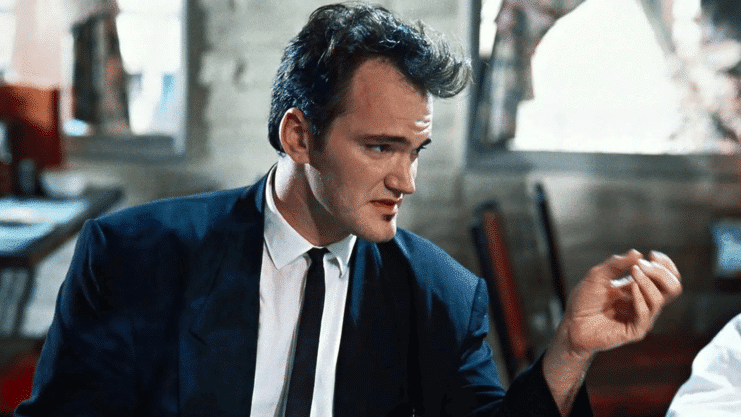
Before Marvel and DC began exploring the concept of the multiverse in their films, Tarantino had already connected many of his films to his universe.
In the intricate world of cinema, few figures have left such an indelible mark as Quentin Tarantino. Since his explosive debut with The Reservoir Dogshas woven a cinematic tapestry that transcends individual films to form a complete, multidimensional universe. This singular vision is revealed through characters, fictional brands, and a masterful interplay between reality and fiction, uniting previously independent works into a single, cohesive narrative.
Reality and Fiction According to Tarantino
Tarantino doesn’t just create films; he builds reality. He divides his cosmos into two: the “Universe more real than reality” and the “Universe inside a film.” So, the characters of pulp Fiction the The Reservoir Dogs they might find themselves having fun Kill Bill in a movie theater, immersing ourselves in stories that we spectators also experience with passion.
In this game of mirrors, characters like Rick Dalton and Cliff Booth, from Once Upon a Time in Hollywoodnavigate both universes simultaneously, blurring the lines between the fiction they consume and the one they live in. Tarantino, in an interview with an Australian media outlet in 2017, confirmed this intertwining of universes, offering a unique perspective that challenges our traditional notions of narrative.

Family Ties and Fictitious Brands
The Vega Brothers, Vic de The Reservoir Dogs and Vincent de pulp FictionThey share more than surnames; they share intertwined lineages and destinies, highlighting the recurrence of characters and family ties that extend across different narratives, such as the Koons and the Scagnettis, whose stories are told and expanded beyond a single film.
Not just people, but products like Red Apple cigarettes and Big Kahuna hamburgers serve as a common thread throughout Tarantino’s work. These fictional brands appear repeatedly, a nod to fans and a subtle rebellion against commercial product placement.
A changed past and an uncertain future
Tarantino’s ability to reimagine historical events, as in Inglourious Basterds And Once Upon a Time in Hollywoodpresents a bold game of “what ifs,” offering catharsis and retribution in an alternate reality where the “good guys” win in spectacularly fair ways.
With the cancellation of the The film critica project that promised to tie all these loose threads together in one grand finale, fans are left speculating on how and when Tarantino will end his film career. Despite the setbacks, the promise of one final epic film remains, holding out hope for a climax that will definitively connect his parallel worlds.
Tarantino’s Influence on Film Culture
Quentin Tarantino not only revolutionized the way stories are told in Hollywood, he also left his mark indelible mark in popular culture. His films are not only pieces of entertainment, but also in-depth studies on the subject power of cinema as a means of reconfiguring history and culture. From sharp dialogue to stylized action sequences, every element has been meticulously designed to challenge and delight audiences.
Furthermore, the actors’ anniversary in various roles within his universe he has not only created iconic characters but has also strengthened them many star races from Hollywood. Actors like Uma Thurman and Samuel L. Jackson not only recur in his films, but have become the symbol of Tarantino’s narrative style, combining dramatic intensity with a touch of cinematic irony that has captured the imagination of global audiences.

More than a filmmaker, Tarantino was an architect of alternate realities, inviting us to explore the depths and hidden connections of his universe. As we enter the tenth and perhaps final chapter of his filmography, it becomes clear that his legacy will not only be the films he created, but the universe he built with them. Through this shared universe, Tarantino not only redefines modern cinema; he offers us a roadmap to rediscover it, again and again.